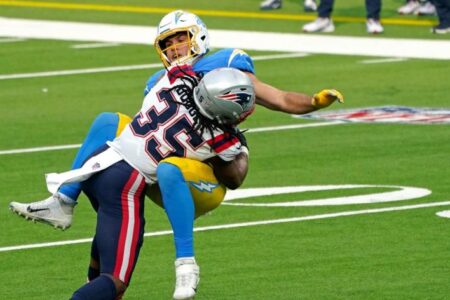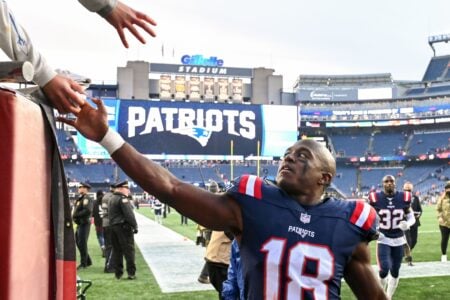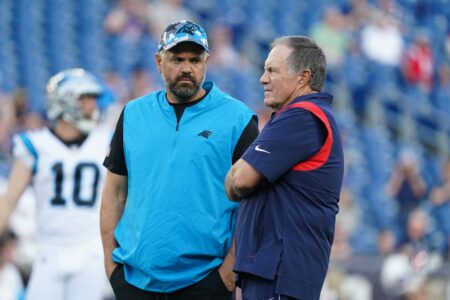FlyingElvis75
On the Game Day Roster
- Joined
- Sep 24, 2007
- Messages
- 402
- Reaction score
- 0
Has this been posted yet?
http://www.nfl.com/news/story;jsess...0d5d803b912d&template=with-video&confirm=true
I wasn't aware of that. That's pretty interesting...
[Edit] So the Pats have scored 11 TDs in 14 drives starting from within their own 20. Kirwan later goes on to say that the Colts, Steelers, and Chiefs combined have scored 7 TDs on drives starting within their own 20 (out of 54 attempts). Wow.
http://www.nfl.com/news/story;jsess...0d5d803b912d&template=with-video&confirm=true
The most impressive aspect of the Patriots' long drives all season is the fact that they have had 14 possessions start inside the 20 and they have scored a touchdown 78.5 percent of the time. Keep in mind that the league is averaging about 13 percent in this category. The top teams in the NFL inside the red zone don't score touchdowns at this rate.
I wasn't aware of that. That's pretty interesting...
[Edit] So the Pats have scored 11 TDs in 14 drives starting from within their own 20. Kirwan later goes on to say that the Colts, Steelers, and Chiefs combined have scored 7 TDs on drives starting within their own 20 (out of 54 attempts). Wow.
Last edited:


















